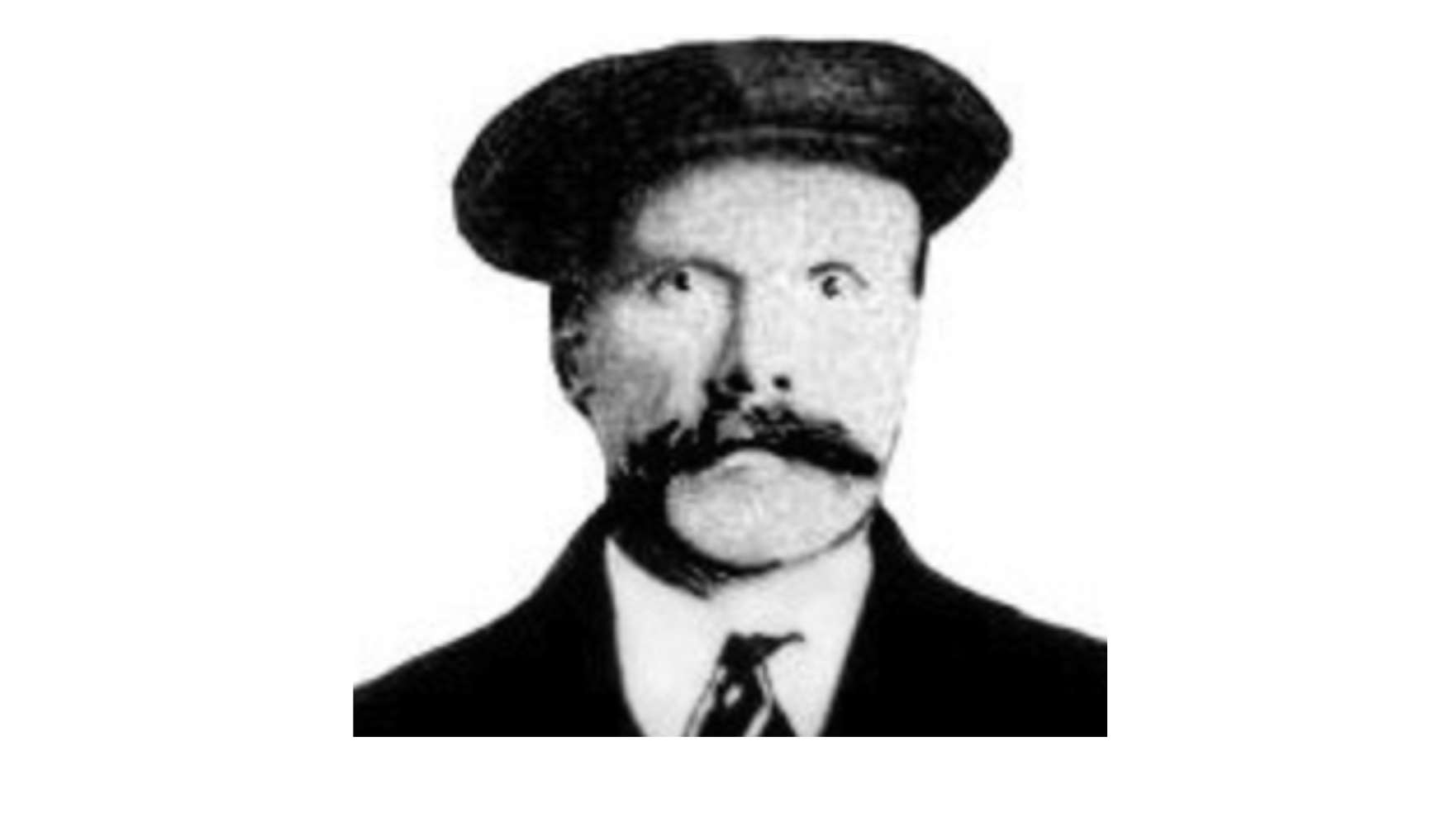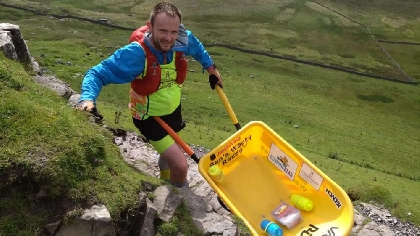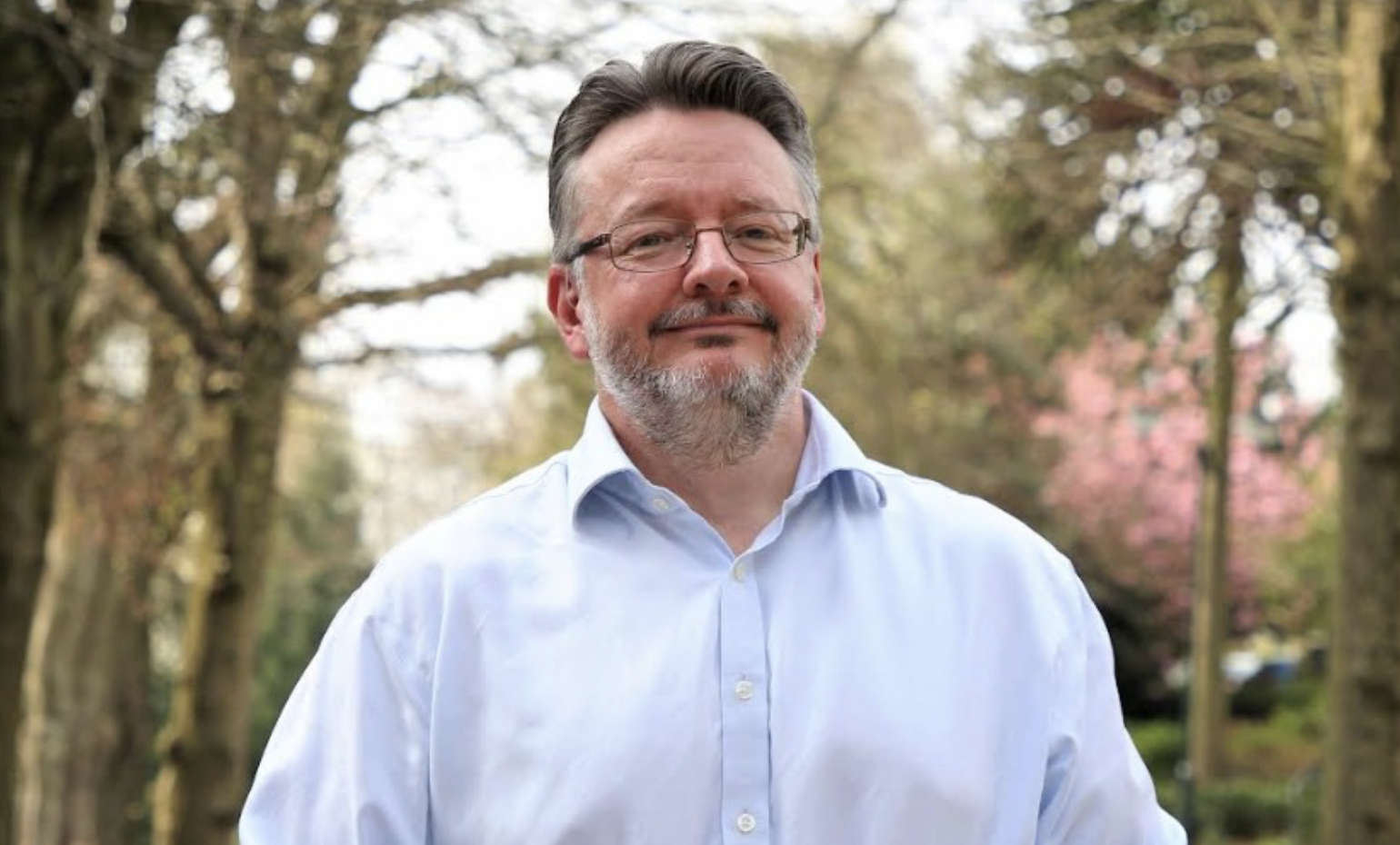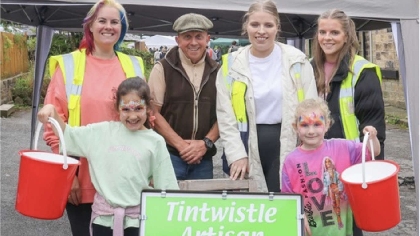
Albert Edward Burrows was a 62-year-old married labourer living in Glossop when he became the UK’s bogeyman in the early 1920s.
During World War I, he had worked at a munitions factory where he met Hannah Calladine, who was 28 years old, in 1920.
She already had a daughter, five-year-old Elsie.
When he was employed at the munitions factory, Burrows sent money to both of his “wives” but with the end of hostilities, jobs were hard to come by, so Burrows was unable to keep up payments.
Hannah began to suspect that she was not legally married and wrote to Burrows’ daughter in Glossop.
His bigamous marriage was soon exposed and he received a six-month gaol sentence in Walton Prison.
His wife left him during this and on release Hannah moved in with him.
They had a son together, also named Albert, who was just 14 months old at the time of his murder.
The first wife took action for maintenance, which stretched his finances even further.
On Sunday, January 11, 1920, Burrows took Hannah and baby Albert to Symmondley Moor above Glossop, and it is thought that he strangled each of them before throwing their bodies down a disused mineshaft.
Elsie was similarly murdered and dumped the following day. Burrows told his first wife that Hannah and the children had left him, and she moved back in with him.
On the day after Hannah and her son were last seen, Burrows was seen walking down Hollincross Lane at six o’clock in the morning with Elsie Large. A couple of hours later, he was alone.
A neighbour who enquired as to the whereabouts of the child received the following reply: “Yes, I was taking Elsie to her mother.”
“Why, where has she gone?” persisted the neighbour.
“I am not telling anyone, we have made it up not to let anyone know. We are keeping it a secret.”
This conversation was not forgotten and the story of the Pit Murders was never related without including the sentence about taking Elsie to her mother.
With Hannah allegedly working in Manchester, Burrows destroyed or sold her few belongings, even selling her wedding ring.
For three years the crimes went unnoticed and may well have never been discovered.
But on March 4, 1923, four-year-old Thomas Wood was reported missing from his home at 96 Back Kershaw Street in Glossop.
This was across the road from where Burrows lived, and witnesses came forward to say that they had seen Thomas with Burrows.
News of Tommy’s disappearance soon roused the neighbourhood to action and a search began with the aid of volunteers and the Borough Police.
A story that he had been seen at about 5pm in the company of two other boys down Slatelands Road led the police to suspect that he had fallen into the Turnlee Brook and been swept away.
Burrows had been assisting the police and had given a statement in writing to Inspector Chadwick whom he met in the street.
This statement purported to show that the lad had been seen by Burrows near the bottom of Slatelands Road with two older boys. Burrows had asked Tommy to come home with him but he had refused.
As a result of these enquiries and information supplied by witnesses, Burrows was again interviewed by police.
A woman had seen a man and a small boy clambering over the shale heaps near Coal Pit House on Sunday, March 4, and a farm worker with a horse had seen and spoken to Burrows at Bridgefields at 11.30 am on the same day and he had a little boy with him.
He was questioned and eventually led detectives to the mine shaft where they recovered Thomas’ body, and later the skeletons of Hannah, Elsie and young Albert.
Burrows was arrested and the police continued to excavate the air-shaft.
Eight weeks later they discovered the remains of Hannah and her two children.
The bodies were identified from scraps of clothing.
Thomas had been sexually assaulted before being strangled.
The inquest was held at Glossop on June 12, 1923, amid very tight security, such was the public feeling against Burrows.
A verdict of wilful murder was reached and he was committed for trial. Burrows was tried for the murder of Hannah and Albert at Derby before Mr Justice Shearman on July 3 and 4, 1923.
It took the jury just 12 minutes to convict him. Burrows did not testify and there were no witnesses called by the defence.
He appealed on the grounds that Hannah had committed suicide and taken little Albert with her. This was dismissed.
Burrows was hanged at Bagthorpe Gaol in Nottingham on Wednesday August 8, 1923 by John Ellis and William Willis, ending the career of what many would describe as a monster.
Death was reported as “instantaneous”, at the formal inquest.


 Chapel-en-le-Frith joiner to push wheelbarrow 'up Everest' this weekend
Chapel-en-le-Frith joiner to push wheelbarrow 'up Everest' this weekend
 Derbyshire council leader is cleared of alleged breach after withdrawing funding from new board
Derbyshire council leader is cleared of alleged breach after withdrawing funding from new board
 Summer Market in Tintwistle raises money for Glossop Cat Rescue
Summer Market in Tintwistle raises money for Glossop Cat Rescue
 Rail chaos coming on Sunday
Rail chaos coming on Sunday

